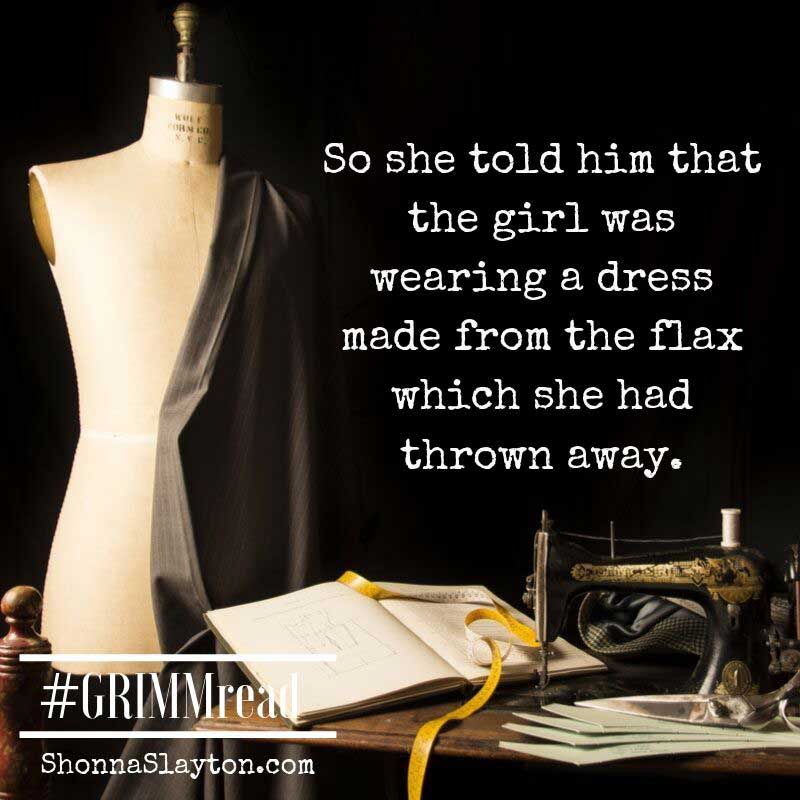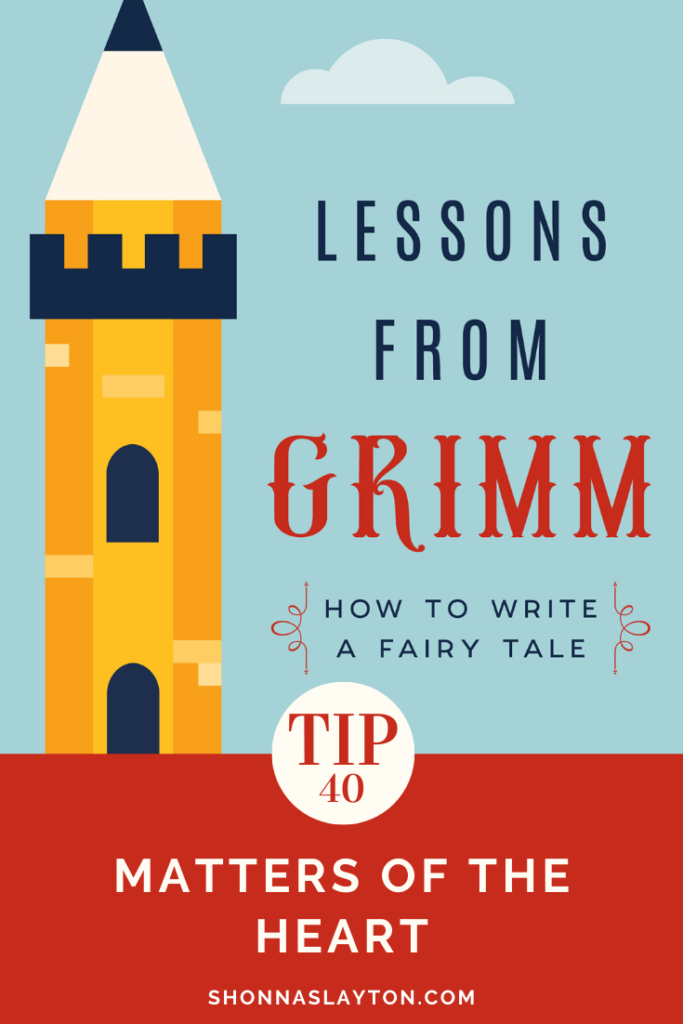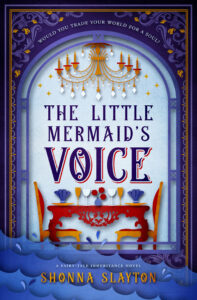As we near the end of the #GRIMMread2019 challenges, I’ve started branching out and reading other books about the Grimms and their fairy tales. It seems a lot of modern literary criticism looks down on the Grimms—especially how they didn’t give credit by name to the women who gave them stories for the collection (never mind that they didn’t name the men either) or how so many of the stories involved domestic work, paternalistic society, etc.

But these fairy tale stories were mostly told by women. Stories that they chose (for two volumes) to pass on and keep alive. The domestic issues were their issues. (Side note: There are a surprising number of soldier stories in Grimm. I’m still researching, but I’m assuming that these stories were more important for the men, given the Napoleonic wars at the time.)
One short story we read this week is called The Hurds. It’s about a lazy girl who tears apart her spinning and drops her scraps on the ground. Her servant rescues the scraps and diligently turns them into a beautiful dress which she wears to a dance. At the dance, the lazy girl tells her fiance that the happy girl was wearing a dress from her “hurds” (According to Merriam Webster, hurds are: the coarse parts of flax or hemp that adhere to the fiber after it is separated.) The fiance admires this; dumps the lazy girl and marries the servant.
Modern critics would frame this story as promoting domestic labor above other desirable qualities in finding a suitable wife, therefore teaching young girls to be servants in their homes.
But the point in all these tales is not the activity (which changes with the tale) but the heart, the mindset, and the character of the girl.
The lazy girl showed that she would be a selfish partner; one who squanders things because she doesn’t want to work, who also looks down on others with disdain. The industrious girl showed nothing was beneath her; she was willing to work with what was available and at the dance, she took pleasure in having fun now that the work was over.
She was the total package, as we would say today. And so, this fairy tale is another that ends, happily ever after.




